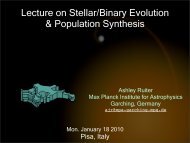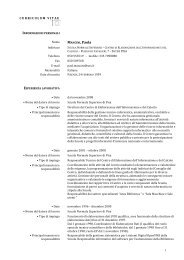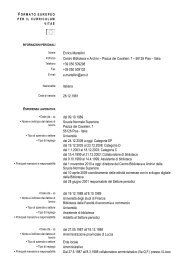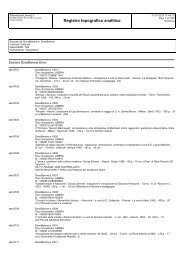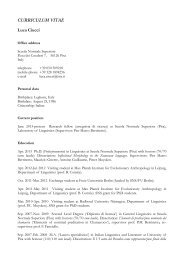Metrics of curves in shape optimization and analysis - Andrea Carlo ...
Metrics of curves in shape optimization and analysis - Andrea Carlo ...
Metrics of curves in shape optimization and analysis - Andrea Carlo ...
Create successful ePaper yourself
Turn your PDF publications into a flip-book with our unique Google optimized e-Paper software.
11.13 MomentaWhat follows comes from §2.5 <strong>in</strong> Michor <strong>and</strong> Mumford [36].Consider aga<strong>in</strong> the action <strong>of</strong> a group G on a Riemannian manifold M (asdef<strong>in</strong>ed <strong>in</strong> Sect. 3.8). Most groups that act on <strong>curves</strong> are smooth differentiablemanifolds themselves, <strong>and</strong> the group operations are smooth: so they are Liegroups. In our cases <strong>of</strong> <strong>in</strong>terest, the actions are smooth as well.We want to study some differentiable properties <strong>of</strong> the action g · m; us<strong>in</strong>g therule (3.5), we see that we can restrict to study<strong>in</strong>g the case e · m, where e ∈ G isthe identity element.11.13.1 Conservation <strong>of</strong> momentaGiven a curve c ∈ M, <strong>and</strong> a tangent vector ξ ∈ T e G (where T e G is the Liealgebra <strong>of</strong> G), we derive the action, for fixed c <strong>and</strong> e “mov<strong>in</strong>g” <strong>in</strong> direction ξ;the result <strong>of</strong> this derivative is a ζ = ζ ξ,c ∈ T c M (depend<strong>in</strong>g l<strong>in</strong>early on ξ). Thisdirection ζ is <strong>in</strong>tuitively “the <strong>in</strong>f<strong>in</strong>itesimal motion <strong>of</strong> c, when we <strong>in</strong>f<strong>in</strong>itesimallyact <strong>in</strong> direction ξ on c”.To exemplify the above process, we provide a simple toy example.Example 11.22 (Rotation action on the plane) The group <strong>of</strong> 2D rotationsG = lR/(2π) (the real l<strong>in</strong>e modulus 2π, with the + operation) acts on the plane,as followsG × lR 2 → lR 2g, m ↦→ g · m = R g mwith( )cos g − s<strong>in</strong> gR g :=.s<strong>in</strong> g cos gS<strong>in</strong>ce T e G = lR, there is only one direction <strong>in</strong> the tangent to G, hence thederivative <strong>in</strong> direction ξ = 1 is just the st<strong>and</strong>ard derivative d/dg; similarlyT lR 2 = lR 2 ; by deriv<strong>in</strong>g the action <strong>in</strong> po<strong>in</strong>t g = e = 0 (the identity element), weobta<strong>in</strong> thatζ 1,m = JmwithJ :=( 0 −11 0Note that Jm is the vector (normal to m) obta<strong>in</strong>ed by rotat<strong>in</strong>g m <strong>of</strong> an angle π/2counterclockwise. The physical <strong>in</strong>terpretation is that, when rotat<strong>in</strong>g the plane <strong>in</strong>counterclockwise direction with speed ξ = 1, each po<strong>in</strong>t m will move with velocityζ = Jm.In the above toy example, the result ζ is vector; but <strong>in</strong> the case <strong>of</strong> immersed<strong>curves</strong> M, s<strong>in</strong>ce ζ ∈ T c M, then ζ = ζ(θ) : S 1 → lR n is a vector field.).We then recall a very <strong>in</strong>terest<strong>in</strong>g condition by Emmy Noether99


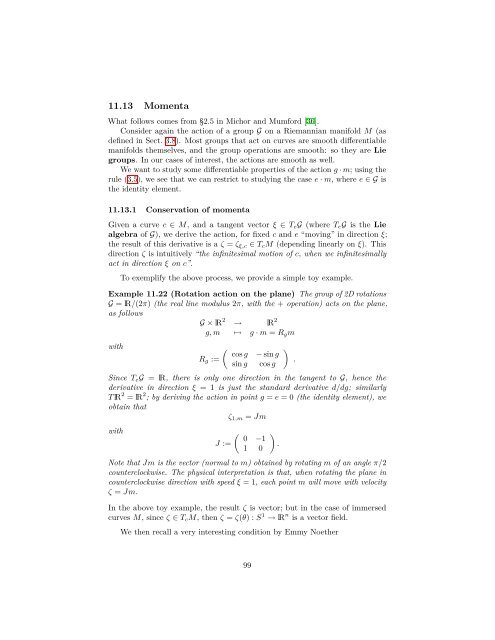

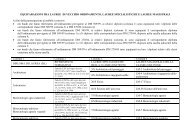
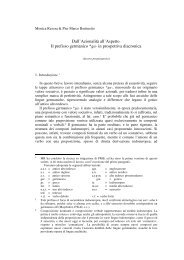
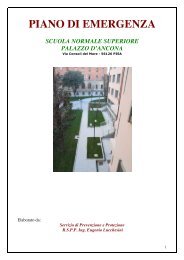
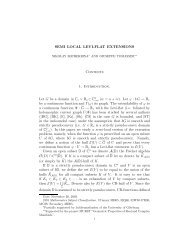
![4. Ghost [Å] vowels in French - Laboratorio di Linguistica](https://img.yumpu.com/49999334/1/184x260/4-ghost-a-vowels-in-french-laboratorio-di-linguistica.jpg?quality=85)


